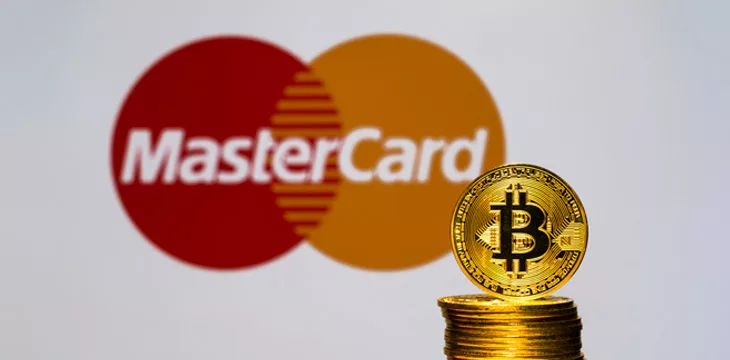Mastercard pilot in Australia demonstrates how CBDC could wipe out stablecoins
The post Mastercard pilot in Australia demonstrates how CBDC could wipe out stablecoins appeared on BitcoinEthereumNews.com. Mastercard (NASDAQ: MA) has partnered with Australia’s central bank to demonstrate how central banks can deploy central bank digital currencies (CBDCs) on public blockchains, possibly the biggest threat to stablecoins. The New York-based financial conglomerate partnered with the Reserve Bank of Australia (RBA) and the Digital Finance Cooperative Research Centre on the pilot. The latter is a $115 million research program set up by the government, universities, and financial institutions. Other participants included payment platforms Cuscal and Mintable, a non-fungible token (NFT) firm. The pilot involved the purchase of NFTs listed on an Ethereum-based platform. It locked the required digital Australian dollar (eAUD) amount on the CBDC platform and minted an equivalent amount of wrapped CBDC tokens. Wrapped tokens are tokenized representations of one digital asset with the exact value that can be used on a different network, with the original tokens locked up through smart contracts. With the eAUD locked, the wrapped tokens act as a stable payment medium within the NFT platform and on any other applications on the network. Users can mint the wrapped eAUD on any other blockchain network. The only condition for using the wrapped tokens is that the buyer’s and seller’s addresses are checked against KYC (Know Your Customer) and risk assessment procedures and whitelisted. This ensures that criminals don’t leverage the new technology for illicit activities. “As the digital economy continues to mature, Mastercard has seen demand from consumers to participate in commerce across multiple blockchains, including public blockchains,” commented Richard Wormald, Mastercard’s president for Australasia. “This technology not only has the potential to drive more consumer choice, but it also unlocks new opportunities for collaboration between the public and private networks to drive genuine impact in the digital currency space.” Wrapped CBDCs could be the biggest threat to stablecoins. For starters, CBDCs are sovereign currencies backed by central banks, unlike most stablecoins built on a house…

The post Mastercard pilot in Australia demonstrates how CBDC could wipe out stablecoins appeared on BitcoinEthereumNews.com.
Mastercard (NASDAQ: MA) has partnered with Australia’s central bank to demonstrate how central banks can deploy central bank digital currencies (CBDCs) on public blockchains, possibly the biggest threat to stablecoins. The New York-based financial conglomerate partnered with the Reserve Bank of Australia (RBA) and the Digital Finance Cooperative Research Centre on the pilot. The latter is a $115 million research program set up by the government, universities, and financial institutions. Other participants included payment platforms Cuscal and Mintable, a non-fungible token (NFT) firm. The pilot involved the purchase of NFTs listed on an Ethereum-based platform. It locked the required digital Australian dollar (eAUD) amount on the CBDC platform and minted an equivalent amount of wrapped CBDC tokens. Wrapped tokens are tokenized representations of one digital asset with the exact value that can be used on a different network, with the original tokens locked up through smart contracts. With the eAUD locked, the wrapped tokens act as a stable payment medium within the NFT platform and on any other applications on the network. Users can mint the wrapped eAUD on any other blockchain network. The only condition for using the wrapped tokens is that the buyer’s and seller’s addresses are checked against KYC (Know Your Customer) and risk assessment procedures and whitelisted. This ensures that criminals don’t leverage the new technology for illicit activities. “As the digital economy continues to mature, Mastercard has seen demand from consumers to participate in commerce across multiple blockchains, including public blockchains,” commented Richard Wormald, Mastercard’s president for Australasia. “This technology not only has the potential to drive more consumer choice, but it also unlocks new opportunities for collaboration between the public and private networks to drive genuine impact in the digital currency space.” Wrapped CBDCs could be the biggest threat to stablecoins. For starters, CBDCs are sovereign currencies backed by central banks, unlike most stablecoins built on a house…
What's Your Reaction?




































